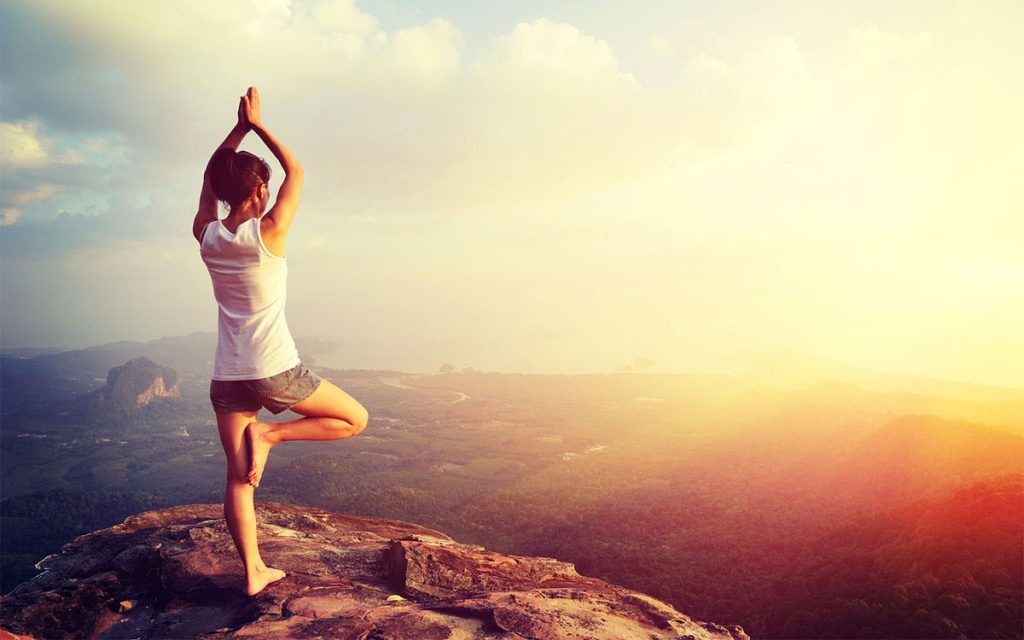Pranayama simply means appropriate’control’ of this very important force of life – prana. Even though the basic principle is still the same, several distinct kinds of pranayama are invented, each with its own distinct technique.
Anuloma-Viloma or nadi shuddhi pranayama (nerve racking pranayama) is just one such type and is believed to be one of the fundamental kinds.
The custom of Anuloma Viloma is like the group that regulates traffic on streets, seems after their cleanliness, beautification, etc also keeps the traffic moving smoothly and economically. The system involves breathing (pooraka) via a single nostril and vice versa. Hence this pranayama gets the title anuloma viloma, i.e. alternative breathing.
To do so, you need to take a seat any of those yogic sitting bearings. To start out with, continue regular breathing using moola bandha (i.e. comfy anal contraction). Make sure that the moola bandha isn’t loosened through the procedure. Keep on breathing this manner, i.e. alternately from left and right nostrils, for a few minutes.
After attaining a comfort level this manner, you might proceed to another phase. Close the ideal nostril with the ideal thumb maintaining another four hands together. While breathing , increase the shoulders and then enlarge the chest carrying up the ribs. The abdominal area, nevertheless, must be kept in.
Gains: The respiratory passing is washed and this also prepares you well for the practice of different pranayamas. Breathing becomes simple and controlled. The brain becomes and pulse rhythmic. Also aids in improving memory, concentration and other mental faculties.
Contraindications: Acute pain in stomach, swelling due to appendicitis, enlargement of liver, quite fragile bowels or intestines, ailments of the lungs, severe throat infections, expansion from the nose (polypus) or congestion of the nasal passage as a result of cold, etc.. )
Caution: The reader of this guide ought to exercise all precautions prior to following some of these asanas from this guide and the website. To prevent any problems while performing the asanas, it’s wise to consult with a physician and a yoga teacher. The responsibility lies only with the reader rather than with the website or the author.

